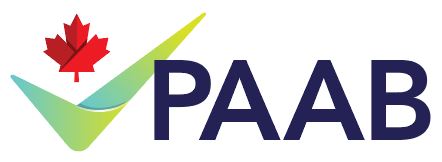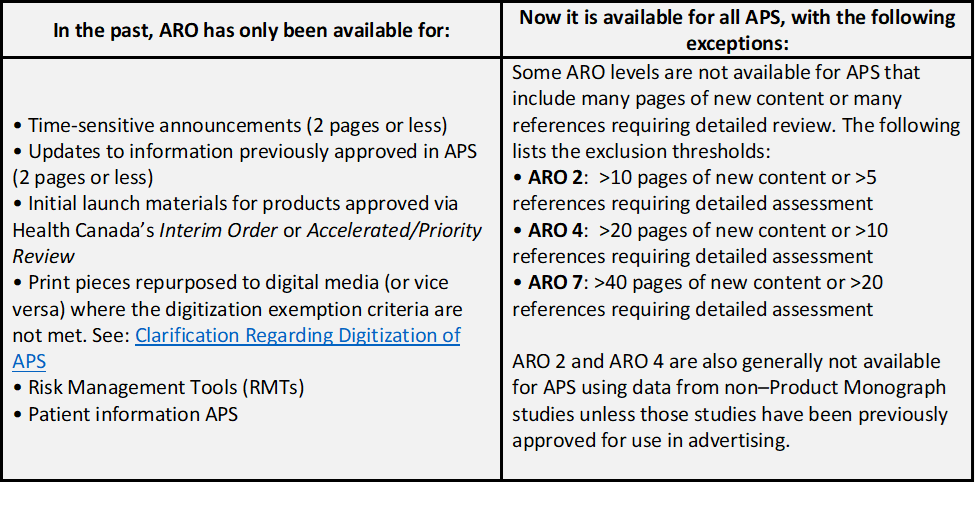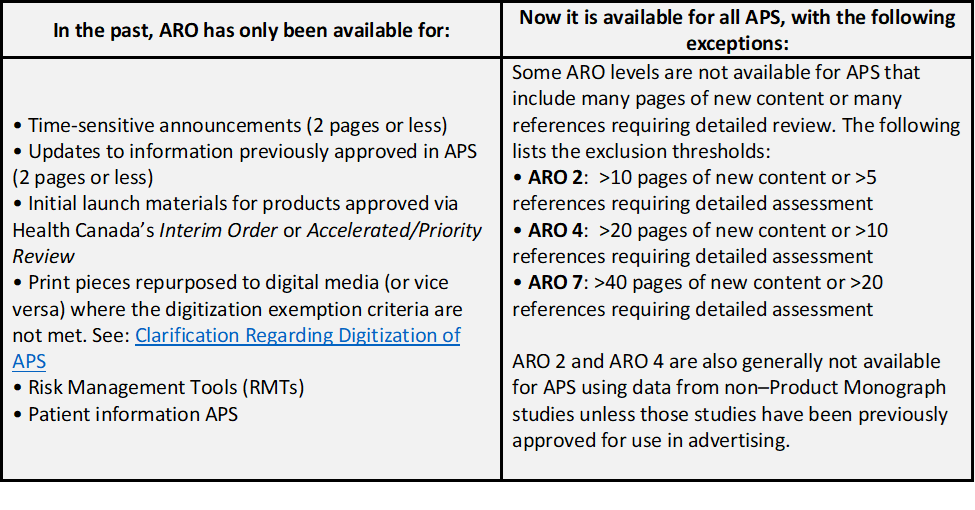Hi @HollyMed
While this activity would be acceptable, the RMM/RMT requires PAAB review. MSLs are representatives of a company that has a vested interest in the health product. Having an MSL detail to an RMT renders the activity subject to advertising regulations. This amplification context differs from a reactive interaction, largely driven by the HCP, in which the MSL responds to an HCP’s one-on-one inquiries. As a reminder, Health Canada’s policy document “The Distinction Between Advertising and Other Activities” emphasizes that the determination of “advertising” versus “non-advertising/promotion” depends on the nature of the activity itself rather than on job titles assigned by the sponsor.
Regarding the second part, data presentations are not automatically compliant with advertising regulations simply because they pertain to risk. Compliance depends on multiple factors including (but not limited to) completeness, significance, context, and selectivity. Even data presented in a neutral tone can mislead if not balanced or contextualized appropriately. While the activity itself can be permissible, the slides require PAAB preclearance per the PAAB Code.


